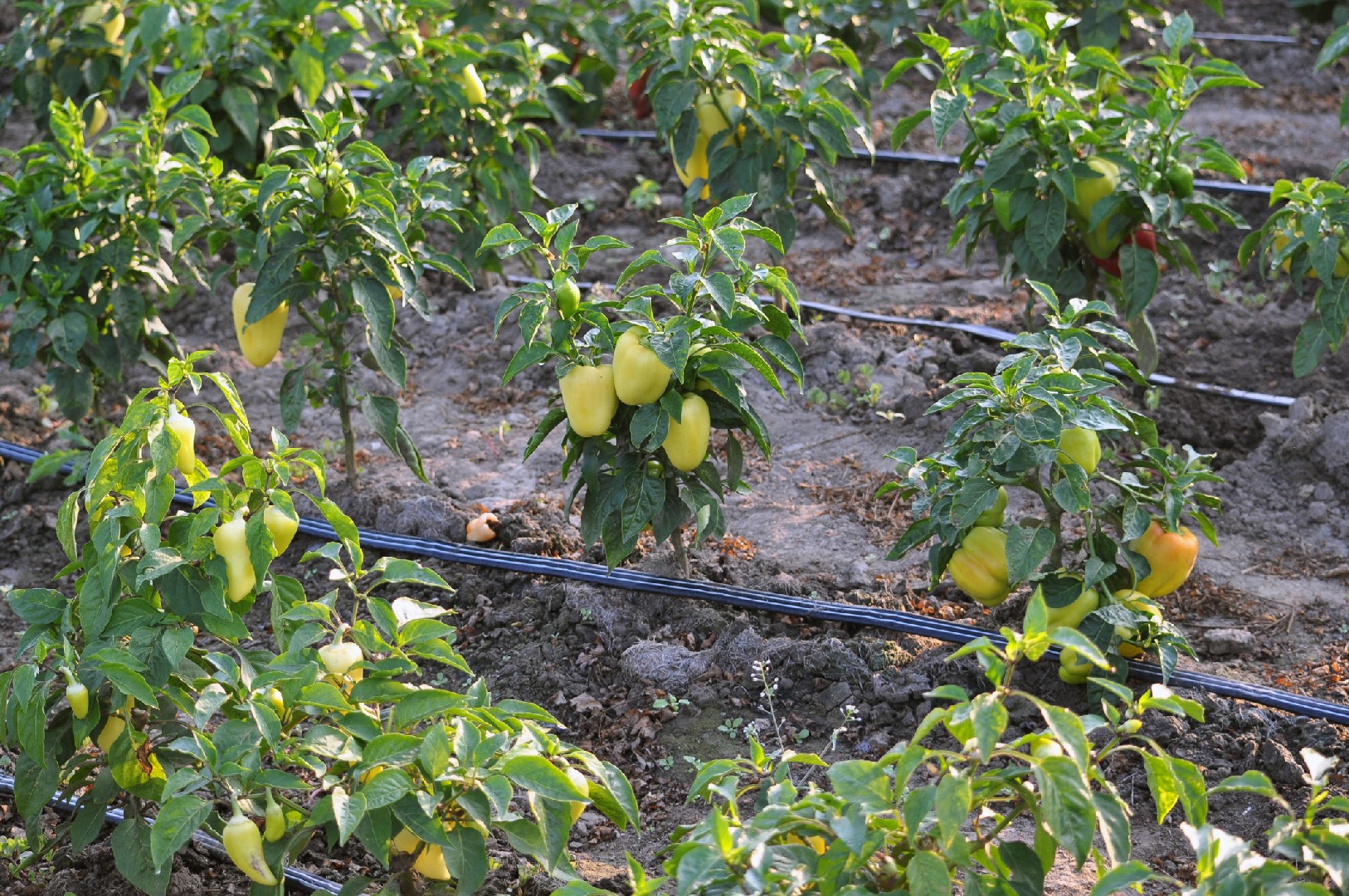![Rectangle]()
Decoding the Basics of Fertilization in Fruit Gardening
Proper fertilization is vital for achieving bountiful fruit gardens. It plays a crucial role in ensuring healthy and productive plants. Understanding the relationship between soil health and fertilization is key to mastering this important aspect of fruit gardening. In this section, we will delve into the basics of fertilization and explore the key nutrients needed by fruit-bearing plants: Nitrogen, Potassium, and Phosphorus.
Soil health is the foundation of successful fruit gardening. Fertilization is the process of enriching the soil with essential nutrients that are necessary for plant growth. When soil lacks these nutrients, it can impede the overall health and development of fruit-bearing plants.
Nitrogen, also known as the growth nutrient, is a vital component of plant proteins and chlorophyll. It stimulates leaf and stem growth, promotes vibrant foliage, and enhances fruit production. Adding nitrogen-rich fertilizers, such as compost or manure, can help ensure that fruit-bearing plants receive an ample supply of this crucial nutrient.
Potassium, often referred to as the fruiting nutrient, is responsible for improving fruit quality and flavor. It plays a crucial role in the development of strong stems, roots, and flowers. Adding potassium-rich fertilizers, like wood ash or potassium sulfate, can enhance the overall health and productivity of fruit plants.
Phosphorus, the flowering nutrient, aids in the formation of robust root systems and stimulates flower and fruit development. It is essential for achieving abundant blooms and healthy fruit production. Adding phosphorus-rich fertilizers, such as bone meal or rock phosphate, can promote the growth of vibrant and vigorous fruit-bearing plants.
To ensure proper fertilization, it is essential to conduct a soil test. This will help identify any nutrient deficiencies or imbalances in the soil and guide your fertilization efforts. Soil tests are widely available through local agricultural extension offices or private soil testing laboratories.
When applying fertilizers, it's important to follow the instructions on the packaging. Applying too much fertilizer can lead to nutrient imbalances, which can harm plant health. Similarly, inadequate fertilization can result in stunted growth and poor fruit production.
In addition to proper nutrient application, regular soil amendments, such as organic matter and compost, can improve soil structure, moisture retention, and nutrient availability. A well-amended soil provides a conducive environment for fruit-bearing plants to thrive.
By understanding the basics of fertilization and the key nutrients needed by fruit plants, you will be equipped with the knowledge to create a thriving fruit garden. Remember to prioritize soil health, conduct soil tests, and provide the appropriate nutrients to ensure bountiful harvests. Happy gardening!





